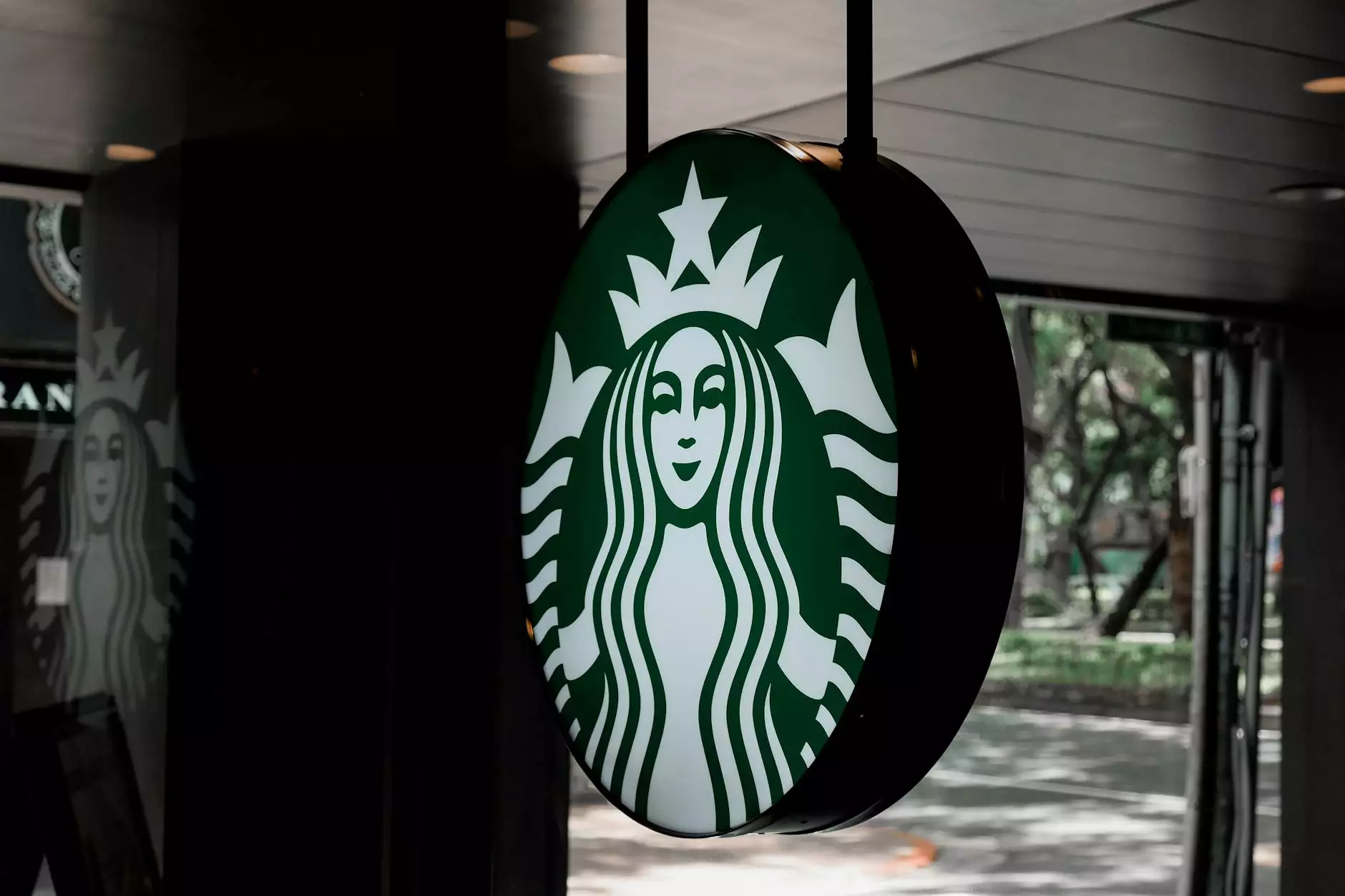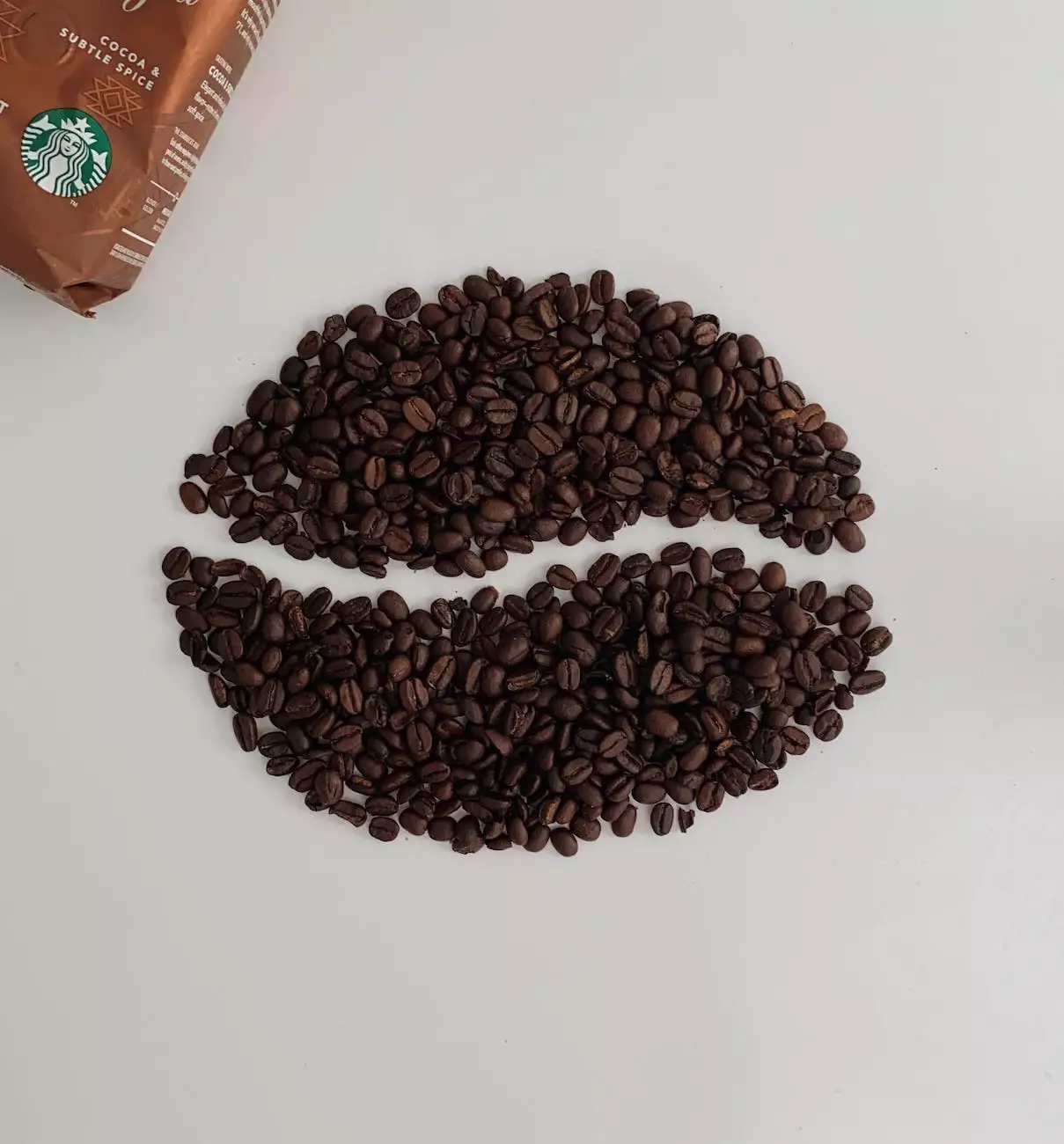Moodboards: Set the Tone for Your Brand

Welcome to Charlotte SEO Rankings, your go-to resource for all things related to SEO and high-end copywriting. In this article, we will explore the concept of moodboards and their importance in setting the right tone for your brand. It is no secret that effective brand communication plays a critical role in the success of any business. By crafting well-designed moodboards, you can establish a strong visual identity that resonates with your target audience.
Understanding Moodboards
Moodboards serve as a visual representation of a brand's desired aesthetic, emotions, and overall tone. They bring together a collection of images, colors, typography, and other design elements that work harmoniously to convey a specific message. This tool is widely used by professional designers and marketers to ensure consistent brand communication across various platforms.
The Benefits of Using Moodboards
Creating a moodboard for your brand can provide several advantages. Firstly, it helps you define and clarify your brand's visual identity. By carefully curating images and design elements that align with your brand values, you can establish a distinct and recognizable look.
Secondly, moodboards serve as a visual guide for all stakeholders involved in your brand development process. Whether it's your internal team or external contractors, having a clear reference point ensures that everyone is on the same page regarding your brand's desired visual direction.
Furthermore, moodboards contribute to effective storytelling. By presenting a cohesive visual narrative, you can connect with your target audience on an emotional level. A well-crafted moodboard evokes certain feelings and emotions that resonate with your customers, fostering a sense of trust and loyalty towards your brand.
Creating the Perfect Moodboard: A Step-by-Step Guide
1. Define Your Brand Identity
Before embarking on your moodboard creation journey, it is essential to have a clear understanding of your brand identity. Consider your brand values, target audience, and overall brand personality. This will help you select appropriate images, colors, and design elements that align with your brand.
2. Collect Visual Inspiration
Start by collecting visual inspiration from various sources such as magazines, websites, social media, or even your own photography. Be open-minded and save any visuals that resonate with your brand's desired tone and aesthetic. The goal here is to create a rich database that will serve as a foundation for your moodboard.
3. Curate and Organize
Next, carefully curate and organize the visuals you have collected. Look for patterns, similarities, and themes that emerge from your collection. Group images based on color schemes, typography styles, or emotional undertones. This will help you create a cohesive moodboard that effectively communicates your brand message.
4. Select Design Elements
In addition to images, consider including other design elements such as fonts, textures, and shapes. These elements contribute to the overall visual language of your brand and should align with your brand identity. Experiment with different combinations until you find a composition that feels right.
5. Arrange and Refine
Arrange the selected images and design elements on a canvas, taking care to create a visually pleasing composition. Play with different placements, sizes, and layering techniques to achieve the desired aesthetic. Refine the moodboard until it accurately represents your brand's desired tone and visual identity.
6. Utilize Your Moodboard
Once your moodboard is finalized, it becomes a valuable tool for your brand communication efforts. Share it with your team, designers, and other relevant stakeholders to ensure a consistent and cohesive visual representation across all touchpoints. Incorporate the moodboard into your website, social media posts, marketing materials, and any other platforms where your brand has a presence.
Remember, a successfully crafted moodboard sets the foundation for effective brand communication. It helps you tell your brand's unique story, connects with your target audience, and differentiates your business from the competition. Invest time in creating a moodboard that truly represents your brand, and you will reap the rewards in terms of increased brand recognition and customer loyalty.
Conclusion
In conclusion, moodboards are an indispensable tool in the world of brand communication. When used effectively, they can set the right tone for your brand, create a strong visual identity, and foster a deeper connection with your target audience. By following the step-by-step guide provided in this article, you can create a well-crafted moodboard that will help your brand stand out from the crowd.
At Charlotte SEO Rankings, we understand the importance of leveraging SEO and high-quality copywriting to boost your online presence. If you need assistance in optimizing your website or crafting compelling content, don't hesitate to reach out to our team of experts. Together, we can take your brand to new heights and outrank the competition.




